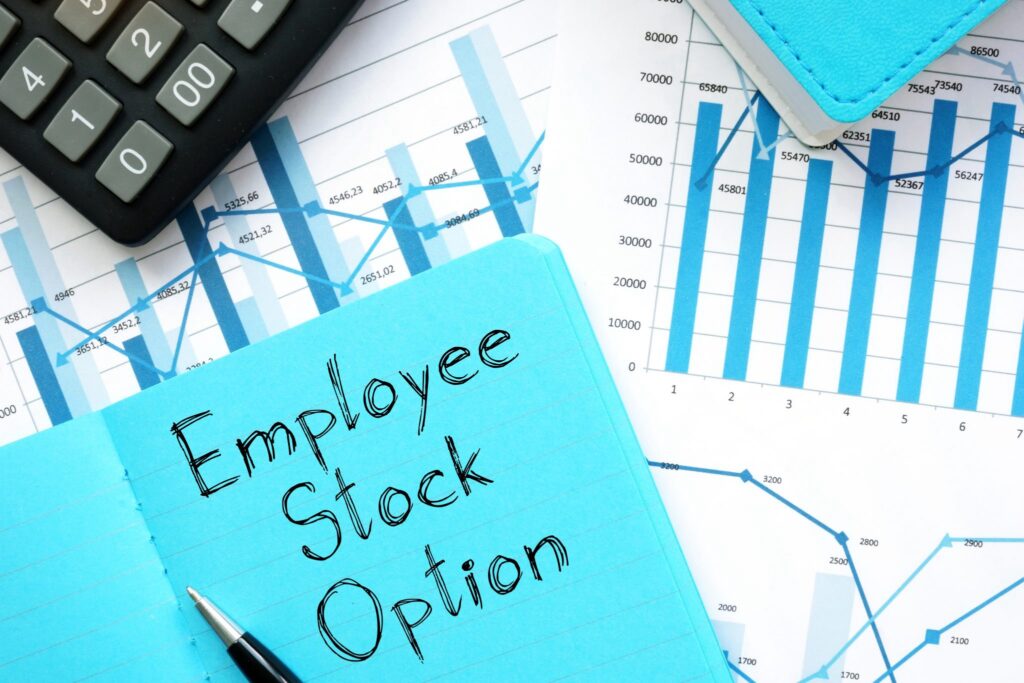Making the leap from a W-2 job to a 1099 lifestyle can be a game-changer for your career and financial future. However, it also comes with significant adjustments that require careful planning and a shift in mindset. Here’s some things you need to know to navigate the transition successfully while minimizing financial stress.
Understanding the Key Differences Between W-2 and 1099
- W-2 Employment: As a W-2 employee, you’re classified as an employee under the law. Your employer withholds taxes from your paycheck, may provide benefits (like health insurance and retirement plans), and ensures you meet specific workplace standards.
- 1099 Income: As a 1099 worker, you’re considered an independent contractor. Legally, you’re not an employee but someone hired to complete a specific job. This classification requires proper documentation to comply with labor laws and avoid misclassification issues. Oftentimes, under 1099 income you’ll be responsible for setting aside money to pay taxes, finding your own benefits, and saving for retirement on your own.
Transitioning to 1099 means you’re essentially a business owner. This mindset shift is crucial, as you’ll need to think strategically about your income, taxes, and financial goals.
Key Financial Considerations for 1099 Workers
1. Embrace the Business Owner Mindset
As a 1099 worker, you’re your own boss. This comes with greater freedom but also greater responsibility.
- Start viewing your work as running a business.
- Focus on maximizing productivity and creating systems to manage variable income.
2. Taxes: Plan for Self-Employment Tax and Beyond
One of the biggest changes is how taxes are handled:
- Self-Employment Tax: You’re now responsible for the full 15.3% FICA tax (Social Security and Medicare), which was partially covered by your employer as a W-2 worker.
- Quarterly Estimated Taxes: If you earn more than $10,000 annually, you’re required to pay quarterly estimated taxes. Missing these payments can result in significant penalties, especially as your income grows.
- Saving for tax payments Open a dedicated account to set aside money for taxes. A good rule of thumb is to save 25-30% of your income for taxes, depending on your tax bracket and deductions.
3. Managing Variable Income
Your income may fluctuate month-to-month, so it’s essential to create a system designed to provide stability:
- Track Expenses: Categorize your fixed and variable expenses to understand your baseline monthly needs.
- Build an Emergency Fund: For single-income households, aim for 6-12 months of expenses in savings. Dual-income households might need closer to 3-6 months, but this varies based on circumstances.
- Automate Savings: Set up automated contributions to savings and investment accounts for consistency.
- Accelerate Savings During High-Income Months: Take advantage of strong income months to boost savings and potentially make progress towards long-term goals faster.
4. Leverage Tax-Advantaged Retirement Plans
As a 1099 worker, you gain access to retirement plans designed for self-employed individuals:
- SEP IRA: Allows you to contribute up to 25% of your net earnings, up to $70,000 (2025 limit).
- Solo 401(k): Provides both employee and employer contribution options, potentially allowing higher total contributions than a SEP IRA (which only allows employer contributions).
- Traditional and Roth IRAs: These remain great supplemental options for retirement savings. Keep in mind that your eligibility to contribute to a Roth IRA is based on your income level.
5. Choosing the Right Business Entity
Your business entity impacts how you’re taxed and paid:
- LLC: Consider setting up an LLC for tax flexibility and liability protection created by separating personal assets from business liabilities..
- S Corporation Election: As your income grows, electing S-Corp status can save on self-employment taxes by allowing you to pay yourself a reasonable salary and take the rest as shareholder distributions (which are not subject to FICA taxes).
Preparing for the Transition
- Create a Budget: Determine your minimum monthly income needs, including taxes and savings.
- Build a Buffer: Consider saving 3-6 months of expenses before making the leap to 1099.
- Seek Professional Advice: Work with a financial advisor and CPA who understand the unique challenges of self-employment.
- Track Income and Expenses: Tools like QuickBooks or specialized apps can help freelancers to stay organized and prepare for tax season.
Conclusion
Transitioning from a W-2 job to a 1099 lifestyle offers incredible opportunities but requires a proactive approach to manage taxes, income variability, and long-term financial goals. By adopting a business-owner mindset and leveraging the tools and strategies available to you, you can build a sustainable and rewarding career on your own terms.
Content in this material is for general information only and is not intended to provide specific tax, legal or financial advice or recommendations for any individual. Clients should consult with their qualified tax, legal, and financial advisors as appropriate.
CRN202710-7967294


